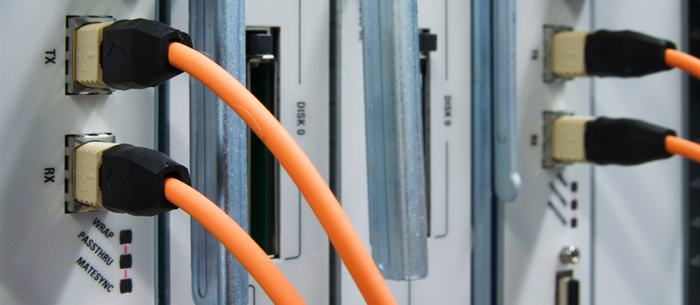
This article appeared Wednesday in the AdExchanger “Data-driven Thinking” column and is written by Eric Picard, VP of product planning for omni-channel media, MediaMath.
If you ask anyone, anywhere, if they like advertising, the answer will likely be a laugh and quick “no.” From a small number of people, you will get a virulent “hell no!”
But most people recognize that the content they consume is free because of advertising, and they have been willing to accept the quid pro quo of free content funded by advertising for nearly all media, for nearly all time. That’s changed over the last few years, and the easy installation of ad blockers – which frequently improve the experience of viewing web pages – has negatively impacted the ad-supported Internet.
We’re in this situation as an industry because we’ve abused our relationship with consumers. We’ve failed to design pages with the user experience optimized around the content first, with the advertising experience seamlessly incorporated into that content. That is not a call for native advertising. It’s a call to actually design the advertising and content experiences together – and to ensure that both work well and satisfy consumers’ need of great content for free.
What I mean here is that the page needs to load quickly, with the content loading first, followed by ads and then invisible code to track users. In addition to loading quickly, the page needs to be beautiful and have high utility for the user.
We all have had the horrible experience of tapping a click-bait link in social media that leads to a web page with a photo gallery of 20-plus images, each of which require as many as three clicks to move to the next image. Each click also leads to a new load of advertising. That’s the most egregious example of what is frustrating consumers today. It should be equally frustrating to advertisers and agencies – who are basically footing the bill for terrible experiences and likely getting no value from those ad impressions.
Unfortunately, the mean load times of nearly all content pages on the Internet is not much better than these “bottom-of-the-barrel” sites, with a few notable exceptions. Once you move beyond the very best publishers, the cliff over which the consumer stumbles is pretty high. The vast majority of sites don’t load much faster than the very slowest.
Why has the web become a wasteland of user experiences, and why do web pages take almost as long to load today as they did back in the days of dial-up? Is this fixable?
Read the rest of the article here.
